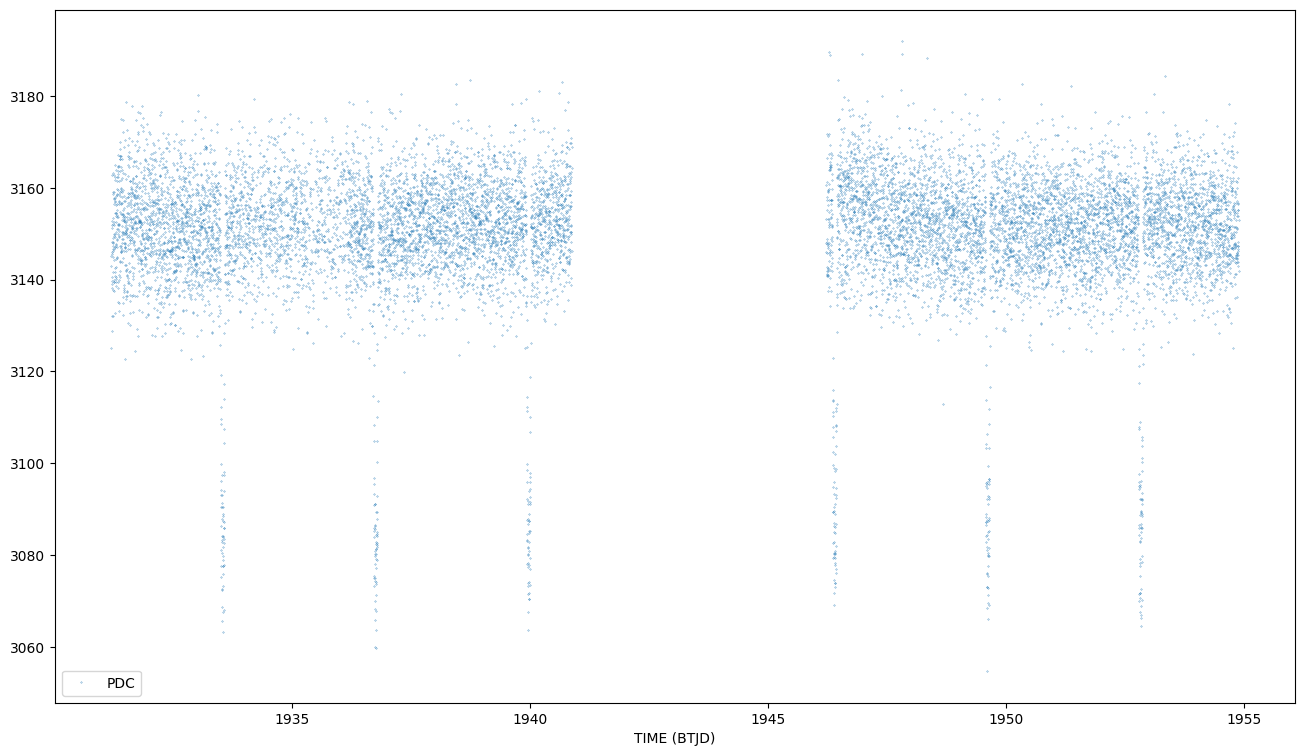 |
|
 |
|
GSC 03033-00706
Stellar parameters and planets on the system
| Host Star: GSC 03033-00706 | GSC 03033-00706 System planets | |||||||||||||||||||||||||||||||||||||||||
|---|---|---|---|---|---|---|---|---|---|---|---|---|---|---|---|---|---|---|---|---|---|---|---|---|---|---|---|---|---|---|---|---|---|---|---|---|---|---|---|---|---|---|
|
|
Photometric data catalogues and tools:
Plot from LIGHTCURVE FITS file

Auxiliary Products:
Spectroscopic data catalogues:
|
La Palma, CAHA, Keck, ESO archives |
HAT-P-12 b
Planet parameters
| Planet Name | Planet Mass | Planet Radius | Semi Major Axis | Orbital Period | Eccentricity | Inclination | Tidally Locked | Angular Distance | Primary Transit Source (JD) | Calculated Planet Temperature(K) | Molecules | Star Distance |
|---|---|---|---|---|---|---|---|---|---|---|---|---|
| HAT-P-12 b | 0.2104898845 | 0.9545917648 | 0.0384 | 3.2130598 | 0 | 0 | 0.000269 | 2454419.19556 | 0 | Na | 142.5 |
Direct access and visualization for NASA archive
SHOW ERRORBARS Y/N
| Ref | Type | Facility | Instrum. | Npt | Comments |
| Line et al. 2013 | spec | Hubble Space Telescope satellite | Wide Field Camera 3 | 23 | LINE ET AL 2013 HAT-P-12b was observed on 2011 May 29 4:08:48 to 9:42:56 UT using the G141 grism of WFC3. These observations were made before the implementation of the spatial scan mode |
| Mallonn et al. 2015 | phot | Asiago Observatorys Copernico Telescope | AFOSC | 1 | MALLON ET AL 2015 transits were observed with the Asiago 1.82m telescope and its Asiago Faint Object Spectrograph and Camera (AFOSC). Filter R table 1 |
| Mallonn et al. 2015 | phot | Fred Lawrence Whipple Observatorys 1.2 meter Telescope | Keplercam | 1 | No references to Keplercam or FLWO in MALLON ET AL 2015. Find by Ratio of Planet to Stellar Radius in TABLE 3 of the paper. Filter z' |
| Mallonn et al. 2015 | phot | Multiple Observatories | Multiple Instruments | 2 | TABLE 3 MALLON ET AL 2015. Filters : g' and r' |
| Mallonn et al. 2015 | phot | Nordic Optical Telescope | StanCam | 1 | MALLON ET AL 2015: One transit was observed with the NOT on March 15, 2014 as a Fast-track program. The imaging time series was taken with the stand-by CCD imager StanCam, which hosts a 1k x 1k TK102A CCD detector. The FoV amounted to 3x3 arcminutes, sufficent to image the target and one near by a reference star of similar brightness. We used Bessel B filter with an exposure time of 60 seconds, resulting in a cadence of 103 seconds. The night was photometric with a seeing between 1.0 and 1.3 arcseconds. We noticed an object drift of about six pixels in both directions over the length of the time series. |
| Mallonn et al. 2015 | phot | STELLA Robotic Observatory | WiFSIP | 2 | MALLONN ET AL We monitored HAT-P-12 with STELLA/WiFSIP seven exposures in Johnson V and seven exposures in Johnson I was obtained every night |
| Sing et al. 2016 | spec | Hubble Space Telescope satellite | Space Telescope Imaging Spectrograph | 17 | SING ET AL 2016 we observed all eight planets in the full optical wavelength range (0.3-1.01 μm) using the Space Telescope Imaging Spectrograph (STIS) instrument. |
| Sing et al. 2016 | spec | Hubble Space Telescope satellite | Wide Field Camera 3 | 12 | SING ET AL 2016 We also used additional WFC3 programs to observe transits of four other survey targets (WASP-12b, WASP-17b, WASP-19b and HAT-P-12b). |
| Sing et al. 2016 | phot | Spitzer Space Telescope satellite | Infrared Array Camera (IRAC) | 2 | SING ET AL 2016 : The HST survey was complemented by photometric transit observations of all eight targets at 3.6 and 4.5 micrometres using the Spitzer Space TelescopeInfrared Array Camera (IRAC) instrument. |
| Exoplanets-A (CASCADe) | spec | HST | WFC3 | 25 | Exoplanets-A reduction CASCADE v. 1.0.0 Created:2021_2_21:12_54_11 Obs.Type:transit |
| Transit models (Exoplanets-A: CASCADe reduction): |